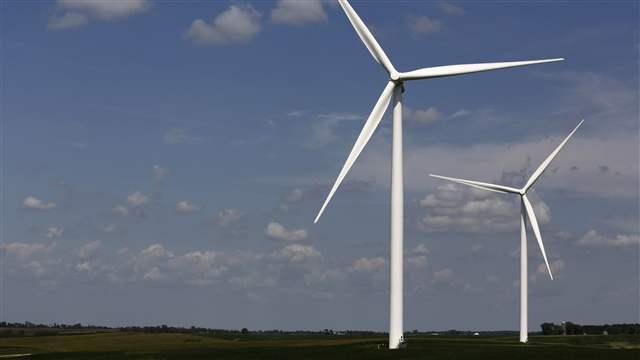Propelled by private entrepreneurship, technology gains, and public support, clean energy and
energy efficiency solutions began to proliferate in recent years. However, federal policy gridlock and state budget challenges are now jeopardizing the availability of government finance, exacerbating the serious finance challenges that impede the large-scale deployment of low-carbon energy solutions.
Fortunately a number of states are now exploring a variety of ways to leverage scarce public
resources with sophisticated banking and finance mechanisms. Epitomized by Connecticut’s
Clean Energy Finance and Investment Authority (CEFIA), the proposed new finance entities entail
the creation by states of dedicated clean energy banks that leverage public money with private sector funds and expertise.
While these banks can take different forms based on each state’s unique circumstances, they
essentially combine scarce public resources with private sector funds and then leverage those
funds to invest in attractive clean energy and energy efficiency projects. A timely benefit of
the low-cost financing that these banks will make available is that it will reduce clean energy
projects’ dependence on expiring federal grants, tax credits, and subsidies and lower the cost of
these projects enough to make them cost-competitive with conventional technologies.
Along these lines, state leaders can choose among at least three bank models. They may:
- Establish, as in Connecticut, a quasi-public corporation into which are combined existing state clean energy and energy efficiency funds so as to permit private investment in the bank and enable the new entity to make loans and leverage its capital with private capital
- Repurpose portions of one or more existing financing authorities from a grant to a lending
model and then through a partnership agreement combine the financing authority’s funds
with private funds - Adjust an existing or new infrastructure bank so as to attach a clean energy finance bank to
fund energy projects to a bank lending to traditional infrastructure projects




